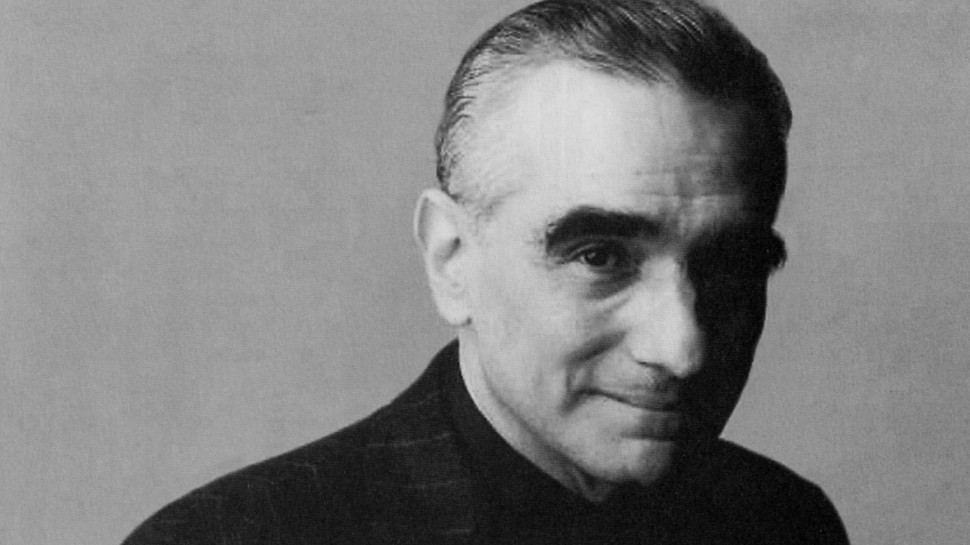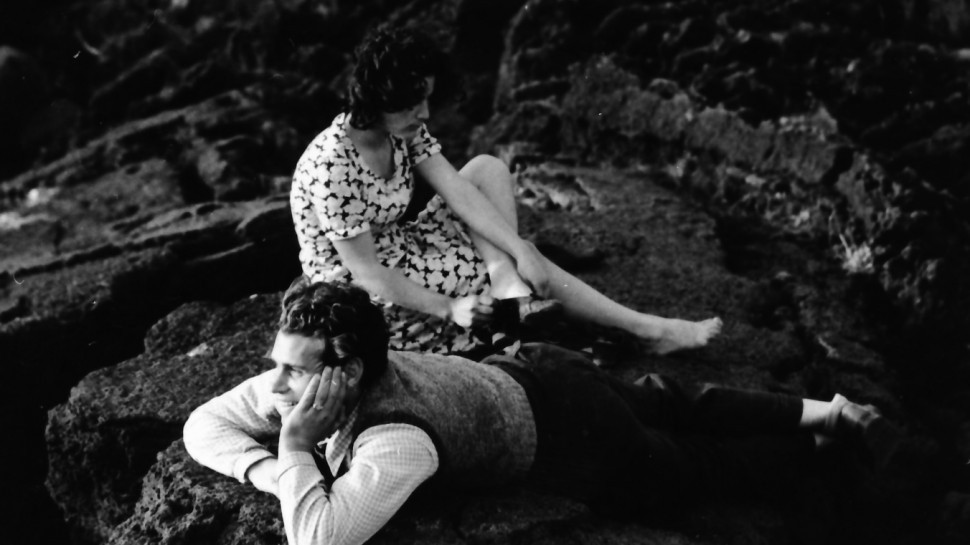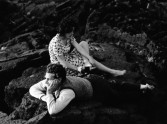




Martin Scorsese’s Voyage in Italy
This series was inspired by the pending release of Il Mio Viaggio in Italia (My Voyage in Italy), director Martin Scorsese’s incomparable survey of the postwar Italian cinema and the impact it continues to exert both on his own work and on our understanding of the art of film. While the Archive has presented the works of Fellini, Rossellini, and Antonioni on numerous occasions, Il Mio Viaggio in Italia provides us with startlingly fresh perspectives through which to revisit the cinematic contributions of these artists. Through Scorsese’s singular sensibility, we encounter anew the successful 1930s actor named De Sica (the Italian Cary Grant) who would emerge in the late 1940s as one of the most profound observers of the daily plight of the common man; the Northern Italian aristocrat Luchino Visconti, whose contact with French filmmaker Jean Renoir and wartime politicization would thrust him into the center of this new movement; the young documentary filmmaker Rossellini, who would meld fiction and actuality into his unvarnished form of neorealism. With exquisite visual material derived from new prints to represent their achievements and with a director’s eye to guide us through their artistic innovations, Scorsese’s film more than accomplishes his intended goals: expressing his deep affection for this body of work and making it into a cinematic port of call for a new generation of cinephiles.













